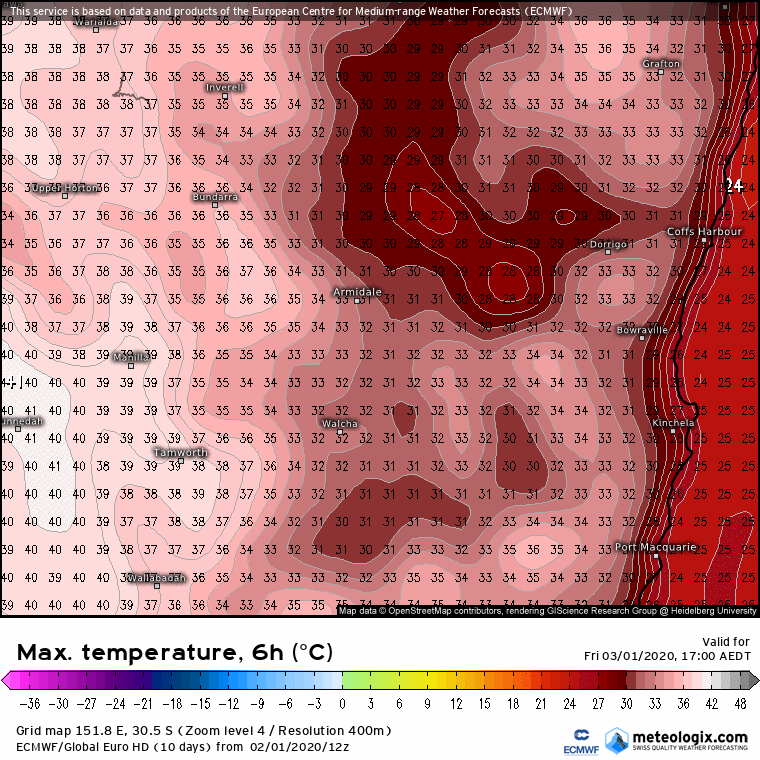
Accordingly, our perspective view about the best strategy able to provide a coherent and complete description of timing can be divided in three steps: (1) the choice of tasks involving different aspects of timing ( Coull and Nobre, 1998, 2008 Coull, 2004 Coull et al., 2013 Ciullo et al., 2018a) to be administered on a steady-state fashion ( Gonzalez-Castillo and Bandettini, 2018 Tommasin et al., 2018) in order to saturate the activity of the areas interacting during the specific task (2) the brain activity should be monitored by means of different techniques able to highlight different temporal and spatial scales (e.g., fMRI, hd-EEG, MEG). On one hand it would be able to capture the local-to-global properties of neural processes that give rise to timing, on the other hand it would allow to grasp the integration processes among brain regions responsible for timing by means of metastability of network states ( Friston, 1997 Fingelkurts and Fingelkurts, 2004, 2017 Deco and Kringelbach, 2016). A possible theoretical framework could be the multi-scale description of brain networks both in space and time.

Although a route is traced toward a comprehensive description of timing, it is still unclear whether brain networks states are part of a coding scheme used to track time or a by-product of other processes that could generate a time-decodable signal. State-dependent models can be extended to be consistent with the majority of timing models ( Hass and Durstewitz, 2016), with the different models indicating specific constraints on what would collapse the state space. The overall effect results in an adaptation of cerebral networks that could be tuned to discriminate temporal intervals ( Bueno et al., 2017). In this view, neural systems can benefit from the temporal evolution of their states, caused by the variation in neural and synaptic properties. Alternate models have been proposed, describing timing as an ensemble of neural processes emerging from the activity of neural circuits inherently capable of temporal processing as a result of the complexity of cortical networks coupled with the presence of time-dependent neuronal properties ( Buonomano and Maass, 2009). Theoretical models, mainly based on the existence of an internal clock ( Gibbon, 1977), have been challenged by compelling behavioral findings that enhance suspects about its biological plausibility ( Karmarkar and Buonomano, 2007). Timing is an umbrella term that encompasses a variety of processes based on the prediction and estimation of temporal intervals across a wide range of scales, from hundreds of milliseconds to seconds. This new point of view will help further clarifying mechanisms of neuropsychiatric disorders.

We anticipate that metastable dynamics underlie the real-time coordination necessary for the brain's dynamic functioning associated to time perception. We illustrate how novel insight into timing mechanisms can come by investigating brain functioning as a multi-layer dynamical network whose clustered dynamics is bound to report the presence of metastable states. In this paper we delineate the route to a promising approach for investigating timing mechanisms. Specifically, it has been accepted that the organization of the brain in interacting segregated networks enables its function. The lesson we learned from the last decade of research in neuroscience is that functional and structural brain connectivity matter.

Despite the clear importance of temporal processing to cognition, learning, communication and sensory, motor and emotional processing, the basal mechanisms of how animals differentiate simple intervals or provide timed responses are still under debate. As a result, the human brain is able to process temporal information and generate temporal patterns. The dynamics of the environment where we live in and the interaction with it, predicting events, provided strong evolutionary pressures for the brain functioning to process temporal information and generate timed responses.



 0 kommentar(er)
0 kommentar(er)
